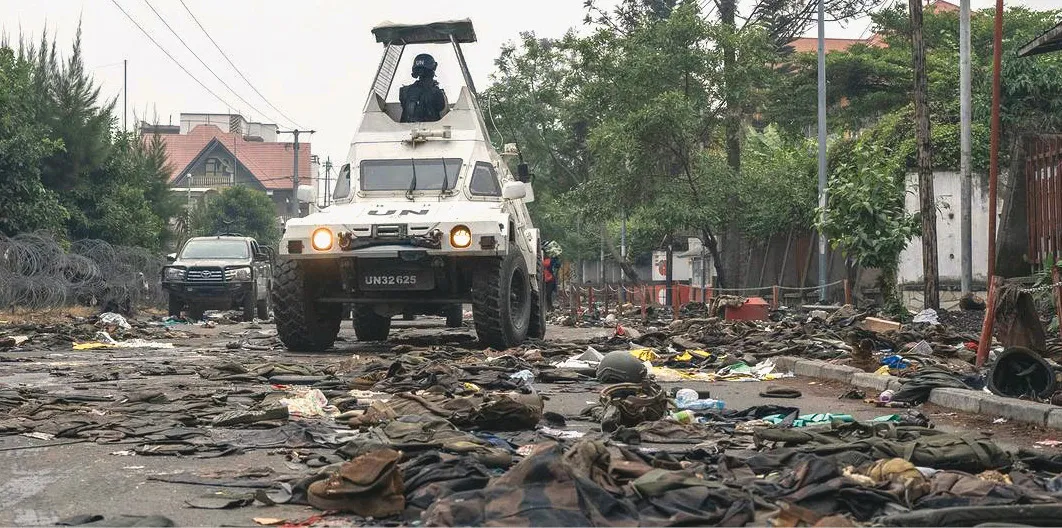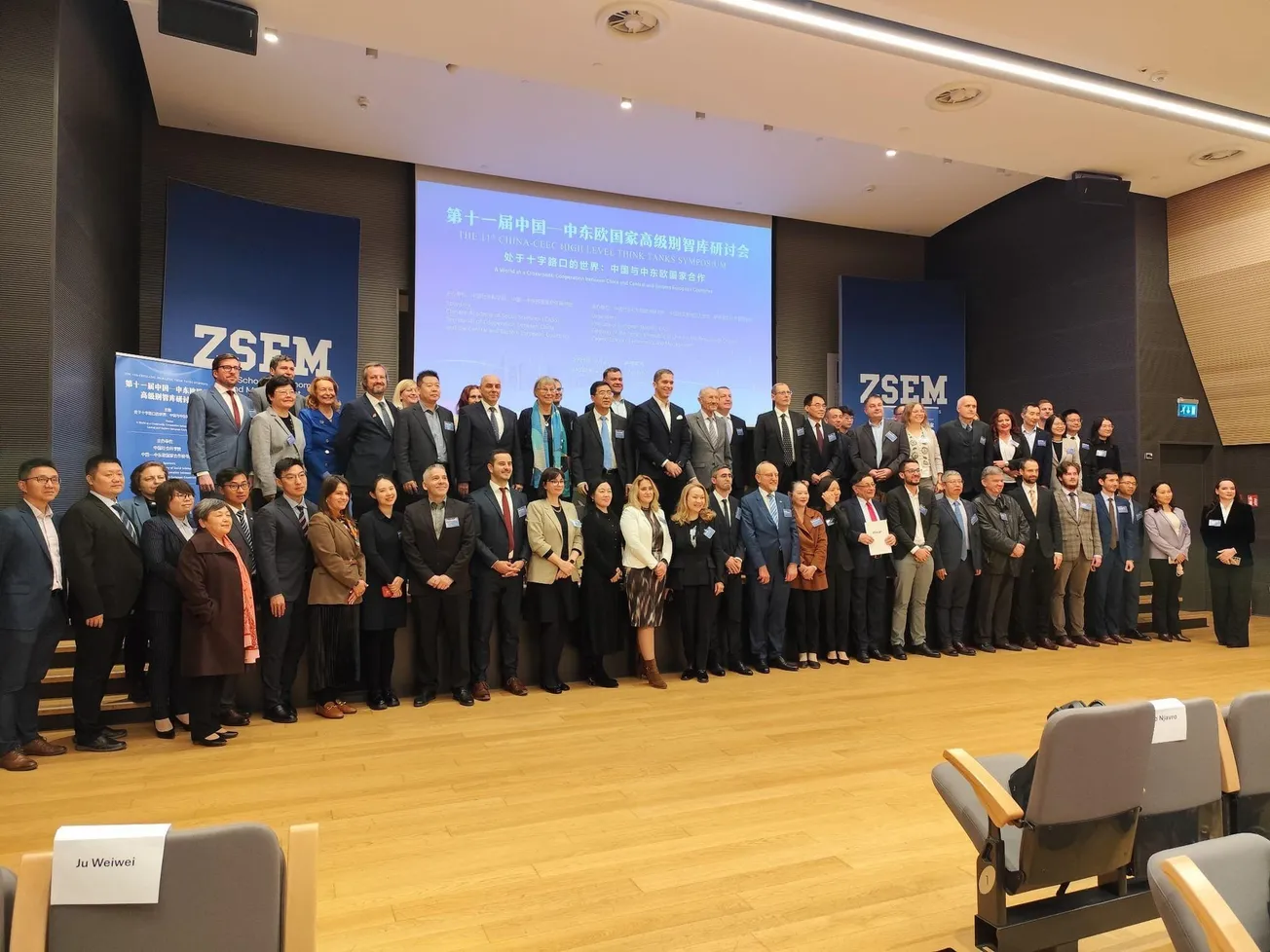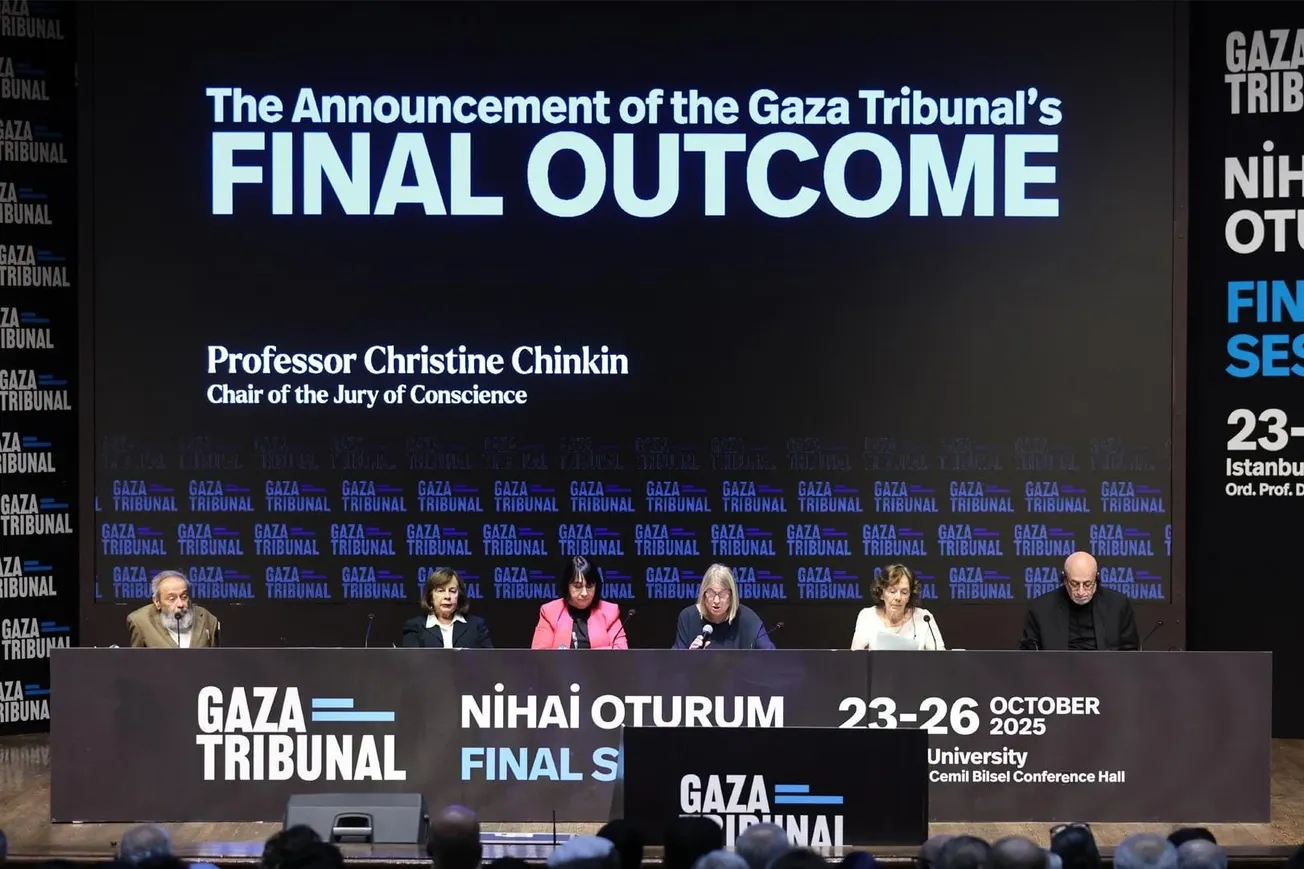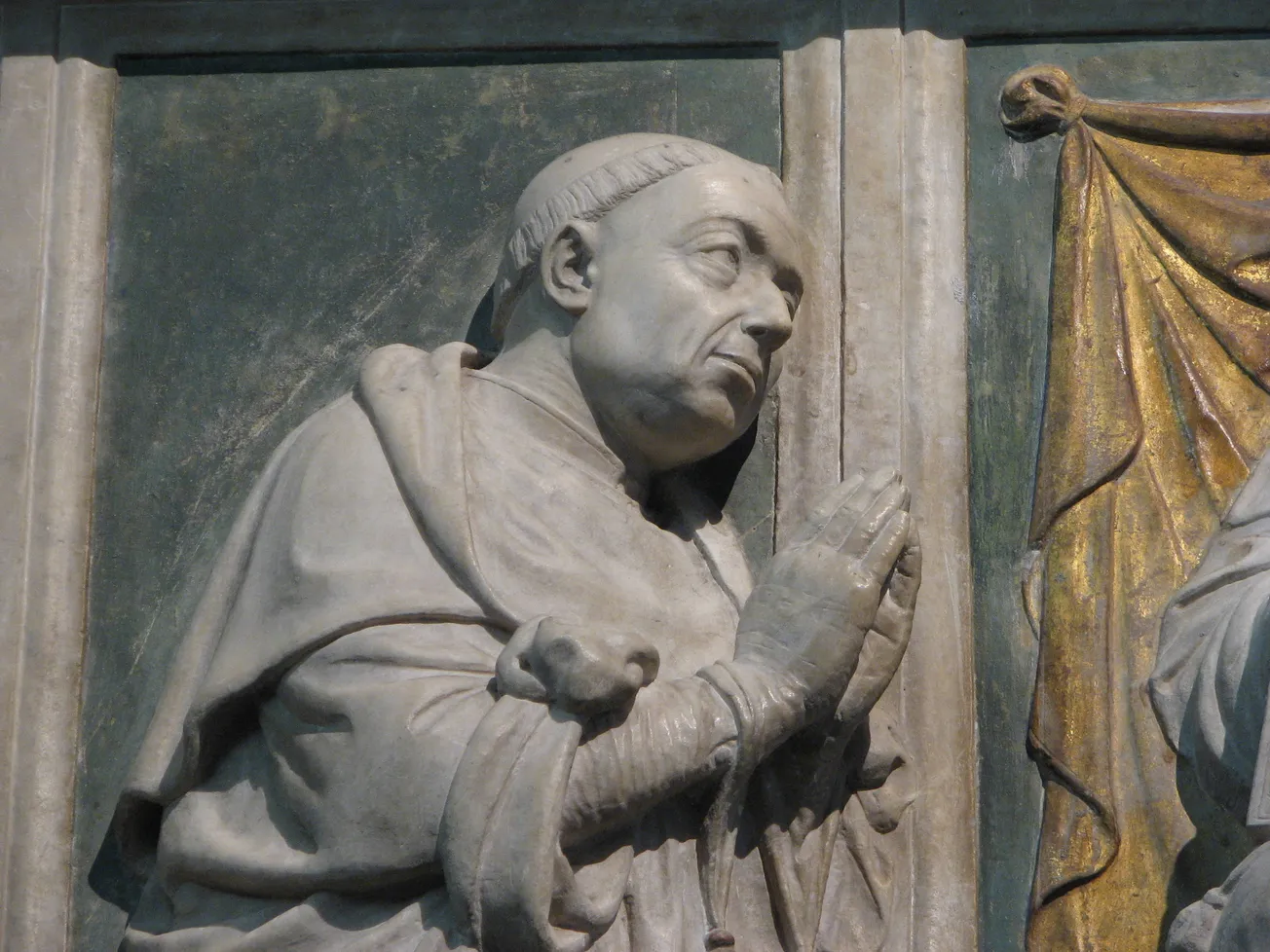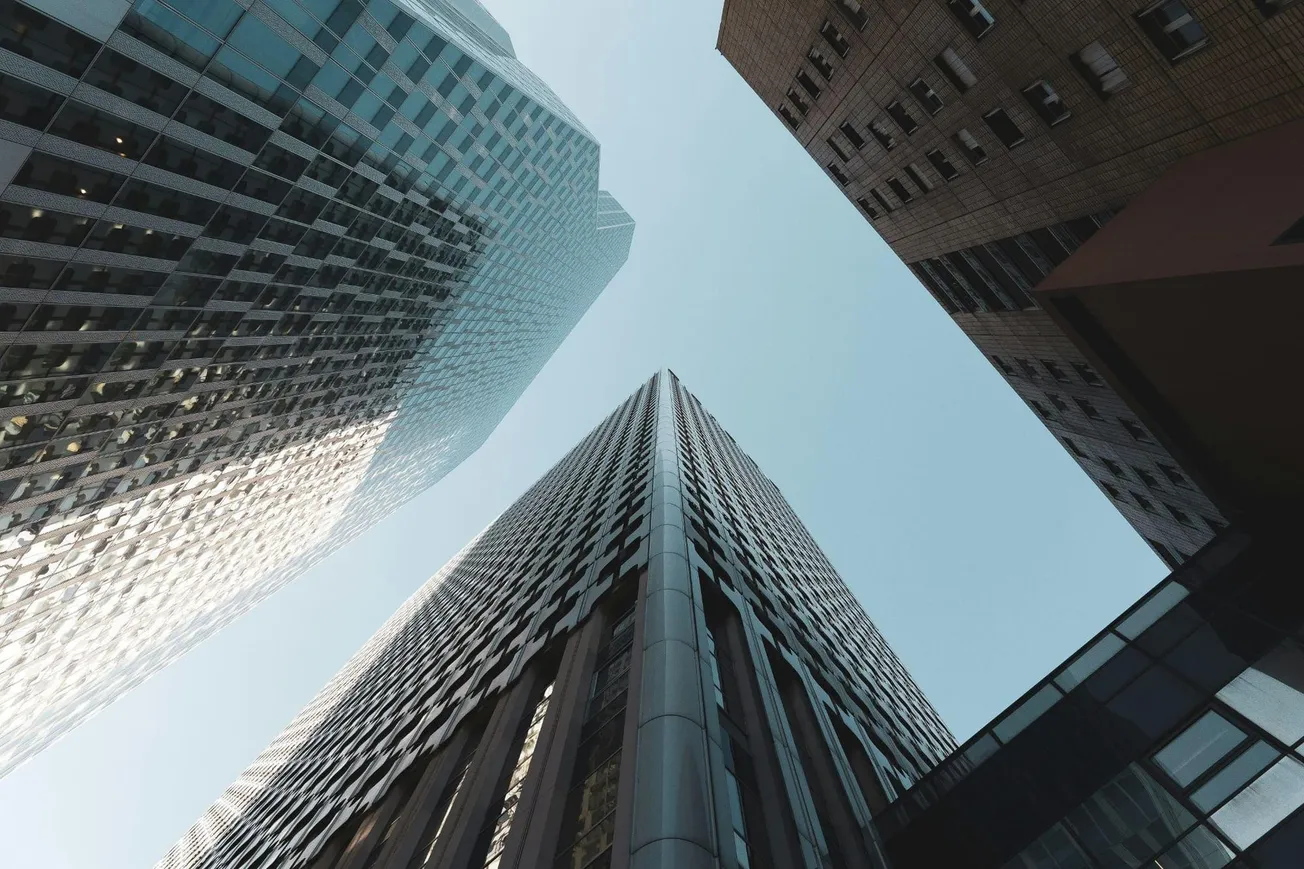The conflict now raging in the eastern region of the Democratic Republic of Congo (DRC) threatens to become a major war and spill over into other countries in the region. Recent headlines report that the M23, a militia of Congolese who are ethnically Tutsi, has captured the city of Goma in the eastern DRC. It is widely claimed that Rwanda is supporting the militia and even that Rwandan troops are participating in the fighting. The humanitarian crisis that has literally lasted for decades has taken a turn for the worse. Now the M23 has announced it will march on to Kinshasa, the capital of the DRC, and overthrow the government of President Félix Tshisekedi.
The background of this conflict dates back almost three decades to the Wars of the Great Lakes involving Rwanda, Uganda, Burundi, and the DRC, then called Zaire. Those wars caused first an ethnic Tutsi genocide followed by a Hutu genocide, which brought Paul Kagame to power in Rwanda and led to the overthrow of the Zaire government and the bringing to power of Joseph Kabila with the full support of the Rwandan army. Despite three so-called democratic elections, which saw Joseph Kabila serve two mandates and current president Félix Tshisekedi his first, the eastern DRC has been in a state of almost constant war that many say has led to the deaths of hundreds of thousands if not millions of Congolese.
There are reportedly a hundred violent groups in the country, including Ugandan, Burundian, and Rwandan militias opposed to their own governments who are using the DRC as a base. These groups are supported through illegal mining operations in DRC. In addition, there are peace-keeping forces deployed by the United Nations, the Southern African Development Community (SADC), and the East African Community (EAC); the DRC is a member of all three. These forces include troops from South Africa, Zimbabwe, Tanzania, Uganda, and Burundi, who have been dragged into the fighting. South Africa lost some 14 soldiers in the most recent violence. Some 2,000 to 4,000 Rwanda troops are said to be in the DRC fighting alongside the M23.
The entire situation took a major turn last year when DRC politician Corneille Nangaa, the head of the DRC’s Independent National Election Commission, stepped into the conflict. The commission he headed had orchestrated the election of President Kabila and the 2018 election of President Tshisekedi. In 2024 Nangaa convened a conference in Nairobi, Kenya of opposition parties and formed what is now the Congo River Alliance (AFC), of which the M23 is the principal military arm. Nangaa now appears in full military uniform. After the Nairobi conference, the Kenyan government reportedly forced Nangaa to leave the country following protests from the DRC. In a speech at that conference, Nangaa declared that the goal of the AFC is to overthrow the Tshisekedi government and take power to make the DRC “safe for business.”

While the DRC government has announced it is mobilizing to defend the country, the M23 is not only well armed, but is reportedly backed by up to 4,000 well-trained Rwandan troops. The AFC goal of marching to Kinshasa should not be taken lightly.


